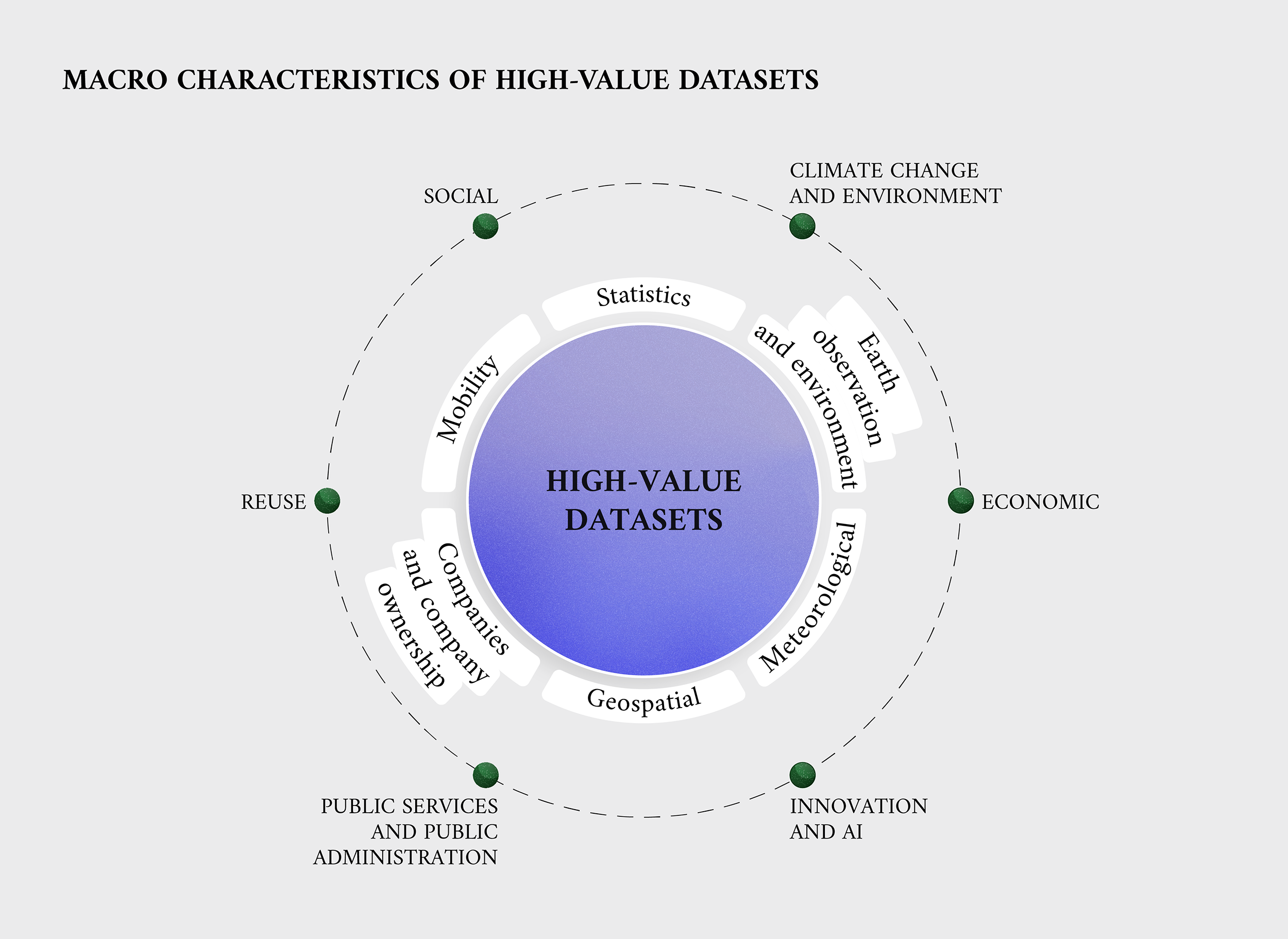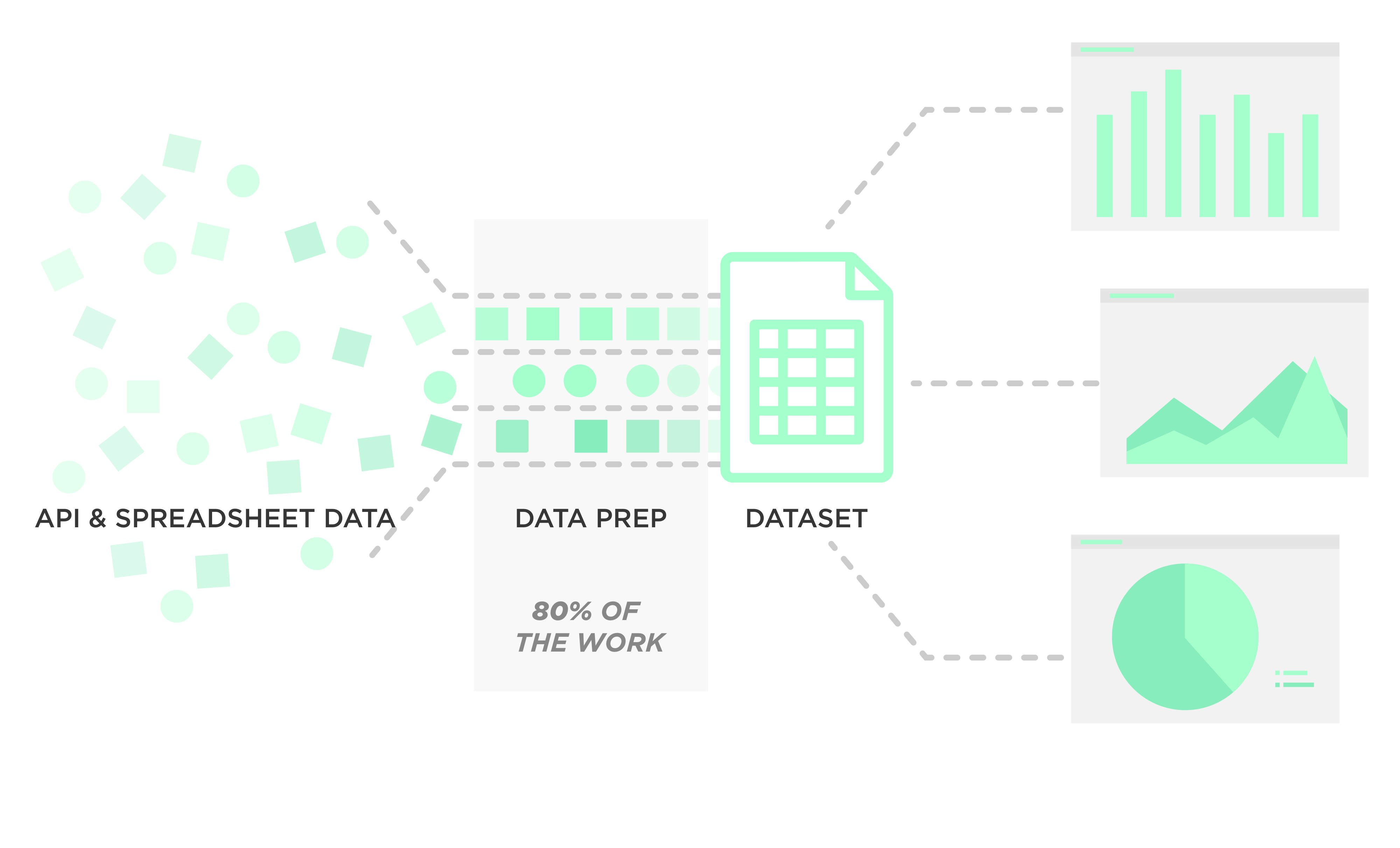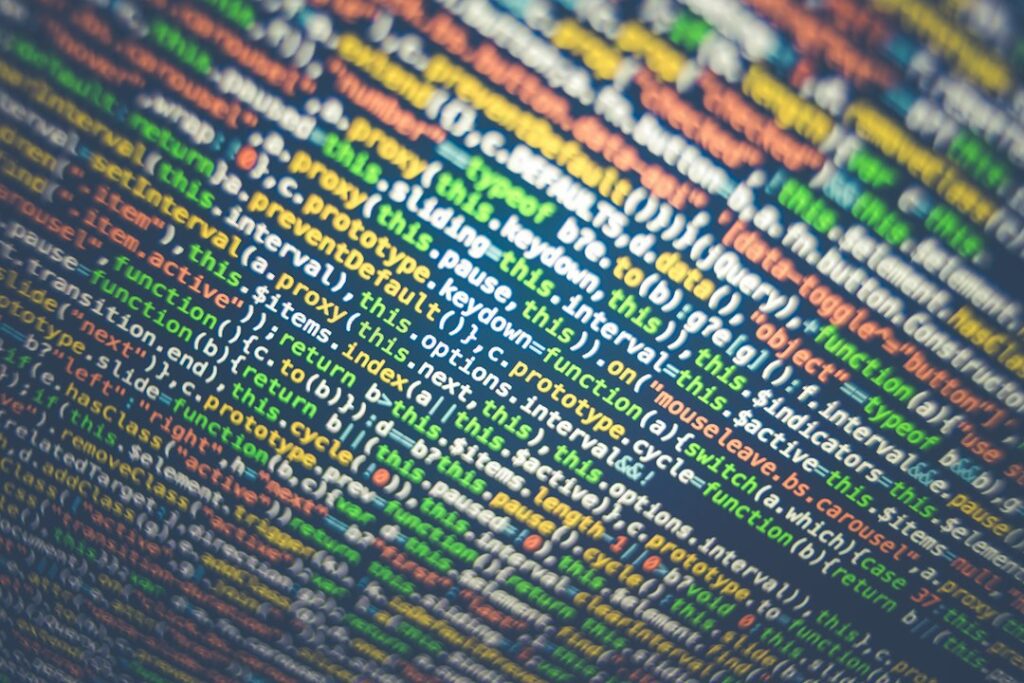
In the realm of machine learning, access to high-quality datasets is paramount for training accurate and robust models. Fortunately, the landscape of publicly available datasets continues to evolve, offering a treasure trove of diverse data sources for researchers, data scientists, and machine learning enthusiasts. In this comprehensive guide, we’ll explore some of the best public datasets for machine learning in 2023, covering a wide range of domains and applications.
Introduction to Public Datasets for Machine Learning
Public datasets serve as the building blocks for machine learning projects, providing valuable insights, patterns, and trends that algorithms can leverage to make predictions, classifications, and recommendations. These datasets are often curated, annotated, and made freely available by government agencies, research institutions, non-profit organizations, and commercial entities, with the aim of fostering innovation, collaboration, and knowledge dissemination.
When selecting a dataset for machine learning projects, several factors should be considered, including data quality, size, diversity, relevance to the problem domain, and licensing terms. Additionally, the availability of metadata, documentation, and preprocessing tools can significantly enhance the usability and accessibility of the dataset.
Top Public Datasets for Machine Learning in 2023
- Image Datasets:
- ImageNet: ImageNet is one of the most widely used datasets for image classification and object recognition tasks. It contains millions of labeled images across thousands of categories, providing a rich and diverse dataset for training convolutional neural networks (CNNs).
- CIFAR-10 and CIFAR-100: CIFAR-10 and CIFAR-100 are benchmark datasets for image classification tasks. CIFAR-10 consists of 60,000 32×32 color images across 10 classes, while CIFAR-100 contains 100 classes with 600 images each.
- Open Images Dataset: The Open Images Dataset is a large-scale dataset containing millions of images annotated with labels, bounding boxes, and segmentation masks. It covers a wide range of object categories and is suitable for various computer vision tasks, including object detection and segmentation.
- Text Datasets:
- Common Crawl: Common Crawl is a massive dataset of web pages collected from the internet. It offers petabytes of text data in multiple languages, making it a valuable resource for natural language processing (NLP) tasks such as text classification, sentiment analysis, and language modeling.
- GloVe Word Embeddings: GloVe (Global Vectors for Word Representation) is a popular dataset of pre-trained word embeddings trained on large corpora of text. It captures semantic relationships between words and can be used as feature representations for various NLP tasks.
- Quora Question Pairs: The Quora Question Pairs dataset consists of pairs of questions from the Quora question-answering platform, along with labels indicating whether the questions are duplicate or not. It is commonly used for tasks such as duplicate question detection and semantic similarity estimation.
- Tabular Datasets:
- UCI Machine Learning Repository: The UCI Machine Learning Repository hosts a diverse collection of tabular datasets covering various domains such as healthcare, finance, and social sciences. It serves as a valuable resource for benchmarking machine learning algorithms and exploring different data analysis techniques.
-
- Kaggle Datasets: Kaggle, a popular platform for data science competitions, offers a wide range of tabular datasets contributed by the community. These datasets cover topics ranging from customer churn prediction to credit risk assessment, providing real-world data for practicing machine learning techniques.
- Google Dataset Search: Google Dataset Search is a search engine specifically designed to help researchers discover datasets from a wide range of sources. It aggregates datasets from repositories, academic institutions, and government websites, making it easier to find relevant data for machine learning projects.
- Time Series Datasets:
- M4 Competition Dataset: The M4 Competition Dataset is a collection of time series data from various domains, including finance, economics, and retail. It is commonly used for forecasting tasks and benchmarking time series forecasting models.
- UCR Time Series Classification Archive: The UCR Time Series Classification Archive contains a large collection of time series datasets for classification tasks. It includes datasets with varying lengths, sampling rates, and classes, providing a challenging benchmark for evaluating time series classification algorithms.
- Numenta Anomaly Benchmark (NAB): The Numenta Anomaly Benchmark (NAB) is a benchmark dataset for evaluating anomaly detection algorithms on time series data. It consists of real-world data from diverse sources, including server logs, sensor readings, and network traffic.
- Audio Datasets:
- UrbanSound Dataset: The UrbanSound Dataset is a collection of labeled audio recordings from urban environments, such as street noise, vehicle sounds, and human activities. It is commonly used for tasks such as sound classification, event detection, and acoustic scene analysis.
- Free Spoken Digit Dataset (FSDD): The Free Spoken Digit Dataset (FSDD) contains recordings of spoken digits (0-9) from multiple speakers. It is often used for speaker identification, speech recognition, and voice-controlled applications.
- ESC-50 Dataset: The Environmental Sound Classification 50 (ESC-50) dataset consists of 2,000 environmental audio recordings across 50 classes, including animal sounds, natural phenomena, and human activities. It is suitable for audio classification and environmental sound analysis tasks.
Let’s delve deeper into each dataset category and explore additional datasets within each domain:
Image Datasets:
- MNIST: MNIST is a classic dataset of handwritten digits commonly used for training and benchmarking image classification algorithms. It consists of 28×28 grayscale images of digits (0-9) and is an excellent starting point for beginners in computer vision.
- FashionMNIST: FashionMNIST is a dataset of Zalando’s article images, containing 70,000 grayscale images of fashion items across 10 categories, including t-shirts, dresses, sneakers, and more. It serves as an alternative to MNIST for benchmarking image classification models.
- MS COCO: The Microsoft Common Objects in Context (COCO) dataset is a large-scale dataset for object detection, segmentation, and captioning tasks. It contains over 200,000 labeled images with annotations for over 80 object categories, making it a valuable resource for computer vision research.

Text Datasets:
- PubMed: PubMed is a repository of biomedical literature maintained by the National Center for Biotechnology Information (NCBI). It offers access to millions of articles, abstracts, and full-text papers in the fields of medicine, biology, and life sciences, making it a valuable resource for text mining and natural language processing tasks in healthcare.
- IMDb: The Internet Movie Database (IMDb) dataset contains information about movies, including titles, genres, ratings, and user reviews. It is commonly used for sentiment analysis, movie recommendation systems, and text classification tasks in the entertainment industry.
- SNLI: The Stanford Natural Language Inference (SNLI) dataset consists of sentence pairs labeled with their textual entailment relationship: entailment, contradiction, or neutral. It is widely used for evaluating natural language understanding and inference models.
Tabular Datasets:

- Titanic Dataset: The Titanic dataset is a classic dataset used for predictive modeling and binary classification tasks. It contains information about passengers aboard the RMS Titanic, including demographics, ticket class, and survival status, making it ideal for beginners to practice data analysis and machine learning techniques.
- Adult Census Income Dataset: The Adult Census Income dataset, also known as the “Adult” dataset, contains demographic information about individuals, such as age, education, occupation, and income levels. It is commonly used for predicting whether an individual earns more than $50,000 per year based on their attributes.
- Wine Quality Dataset: The Wine Quality dataset contains physicochemical properties of red and white wine samples, along with their respective quality ratings. It is often used for regression analysis and quality prediction tasks in the wine industry.
Time Series Datasets:
- Electricity Load Demand Dataset: The Electricity Load Demand dataset contains historical records of electricity consumption from various regions over time. It is commonly used for time series forecasting and load forecasting tasks in the energy sector.
- Air Quality Index Dataset: The Air Quality Index (AQI) dataset contains measurements of air pollutant concentrations and corresponding AQI values from monitoring stations worldwide. It is valuable for analyzing air quality trends, predicting pollution levels, and informing public health policies.
- Yahoo Finance Dataset: The Yahoo Finance dataset provides historical stock price data, trading volumes, and financial metrics for publicly traded companies. It is widely used for financial time series analysis, stock price prediction, and algorithmic trading strategies.
Audio Datasets:
- Speech Commands Dataset: The Speech Commands dataset contains audio recordings of spoken commands, such as “yes,” “no,” “up,” “down,” and others. It is commonly used for keyword spotting, wake word detection, and speech recognition tasks in voice-controlled applications.
- UrbanSound8K: UrbanSound8K is a dataset of environmental audio recordings from urban environments, including street noise, sirens, machinery sounds, and more. It is suitable for sound classification, acoustic scene analysis, and urban sound monitoring applications.
- Free Music Archive (FMA): The Free Music Archive (FMA) dataset contains audio tracks from various genres and artists, along with metadata such as genre labels, artist names, and track IDs. It is often used for music genre classification, mood analysis, and recommendation systems.
Conclusion
In conclusion, access to high-quality public datasets is essential for advancing research and innovation in machine learning. The datasets mentioned above represent just a fraction of the vast array of resources available to practitioners and researchers in 2023. Whether you’re working on computer vision, natural language processing, time series analysis, or audio processing, there’s a dataset out there to suit your needs.
When selecting a dataset for your machine learning project, consider factors such as data quality, size, diversity, and relevance to your problem domain. Additionally, be mindful of licensing terms and usage restrictions associated with each dataset to ensure compliance with legal and ethical guidelines.
By leveraging the wealth of publicly available datasets and applying state-of-the-art machine learning techniques, we can continue to push the boundaries of what’s possible and unlock new insights into the world around us. So go ahead, explore the datasets, experiment with different algorithms, and embark on your journey to machine learning mastery!
